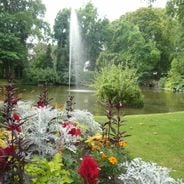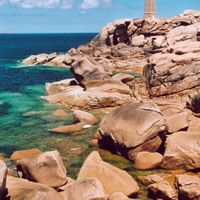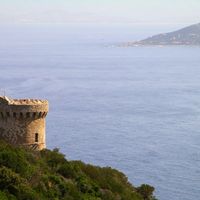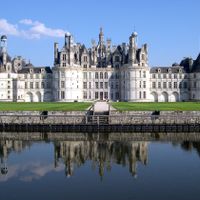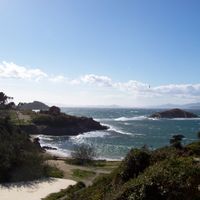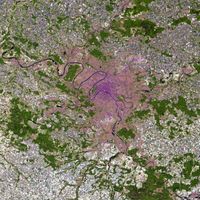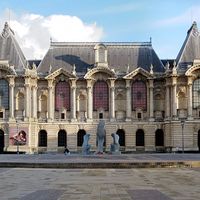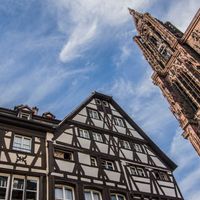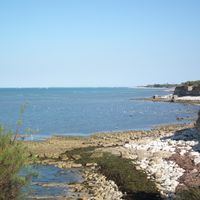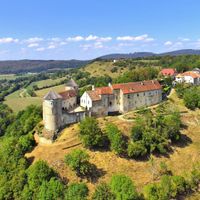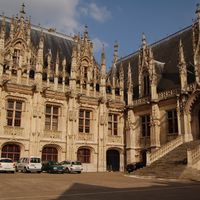
Metropolitan France
Metropolitan France, European administrative region of France
Metropolitan France encompasses the mainland territory and Corsica, stretching from the Mediterranean Sea to the English Channel and from the Rhine to the Atlantic Ocean.
The term Metropolitan France emerged during the colonial period to differentiate between European territories and French colonies established across different continents.
Metropolitan France contains 13 distinct regions, each maintaining its own traditions, dialects, and architectural styles while operating under a centralized government system.
The territory divides into 96 departments and approximately 35,000 communes, forming an administrative structure that manages local services, education, and infrastructure development.
The geographical shape of Metropolitan France resembles a hexagon, leading to the widespread use of the term l'Hexagone in French geographical references.
Location: France
Capital city: Paris
GPS coordinates: 46.00000,2.00000
Latest update: May 26, 2025 19:11
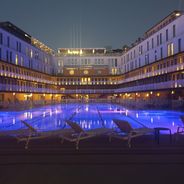
France hosts monuments that go beyond common tourist routes. Individual creations like Ferdinand Cheval's Palais Idéal in Hauterives, built stone by stone over 33 years, sit alongside architectural reconversions like the Molitor Pool in Paris or the Contemporary Art Museum set in a 17th-century manor in Saint-Romain-au-Mont-d'Or. These sites reflect unique stories and urban transformations worth exploring. This selection includes themed museums dedicated to magic in Blois, mechanical instruments at La Borde, fairground arts in Paris, and firefighters in Montville. It also features total art works like the Maison Picassiette in Chartres, entirely decorated with ceramic mosaics, and the Robert Tatin Museum in Cossé-le-Vivien. From Montmartre cemetery where Degas and Zola are buried to works by self-taught artists, these monuments offer different perspectives on French heritage and deserve a visit to explore lesser-known facets of the territory.
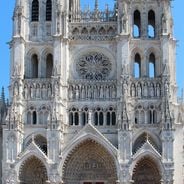
Historical structures in France range from Roman amphitheaters to modern bridges. The buildings display engineering and architectural techniques through multiple periods. Monuments include Gothic cathedrals, Renaissance castles, medieval fortresses, Roman bridges, and contemporary architectural designs. These constructions represent significant periods in French history and architecture.

France features a notable variety of protected natural areas, showcasing the country’s geological and ecological richness. From Lake Allos in the Alpes-de-Haute-Provence to the underground rivers of Padirac in Dordogne, from the mountain ranges of Savoy to the limestone formations of the Ardèche gorges, each region displays landscapes shaped over millennia of natural evolution. This collection gathers sites where nature is expressed freely: primary forests, karst systems, high-altitude lakes, moving dunes of the Atlantic coast, and rock formations carved by erosion. These areas provide diverse ecosystems, home to species adapted to different environments, from Alpine flora and fauna to dune communities and underground cave biodiversity. Each natural site in this selection serves as an open-air laboratory where geological processes, ecosystem dynamics, and living adaptation to local conditions can be observed. These sites invite discovery of authentic landscapes, removed from human impact, where geological time is evident in every rock formation and glacier valley.
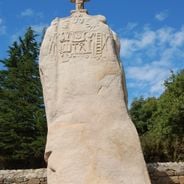
Throughout France, stone silhouettes still stand in fields, forests, or by the sea. They existed long before villages and roads, witnesses to a world that believed in the sky and hidden forces of the earth. These menhirs, erected over five thousand years ago, in their own way narrate the dawn of civilizations. Some are solitary, others are arranged in rows of hundreds. Some bear engraved faces, others remain silent, smoothed by Breton winds or the rain of the Central Massif. From Carnac to Corsica, from Poitou to the Côtes-d’Armor, these upright stones maintain a strong presence, almost human. Approaching them, one senses the ancient connection between human hands and the memory of the land.
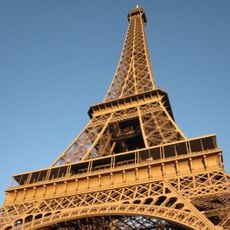
Eiffel Tower
319 km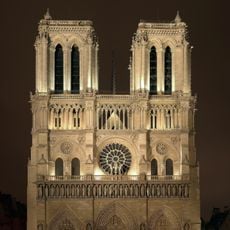
Notre-Dame de Paris
318.7 km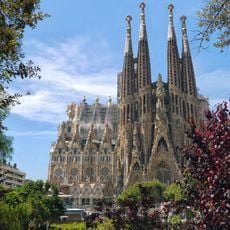
Sagrada Familia
511.8 km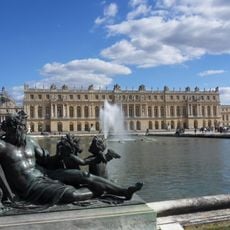
Palace of Versailles
312.4 km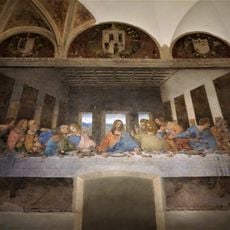
The Last Supper
560.1 km
Louvre Museum
319.5 km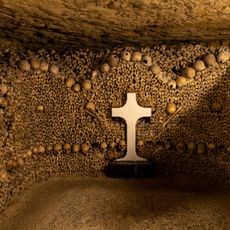
Catacombs of Paris, France
316.4 km
Arc de Triomphe
320.7 km
Mont Blanc
377.2 km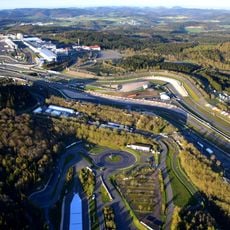
Nürburgring
606.2 km
HMS Victory
581.7 km
Camp Nou
514.3 km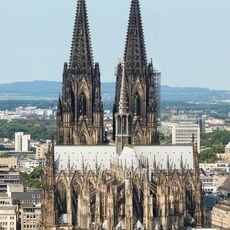
Cologne Cathedral
660.3 km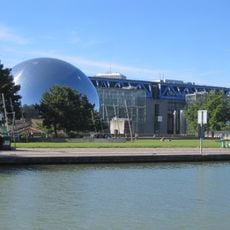
Cité des Sciences et de l'Industrie
323.7 km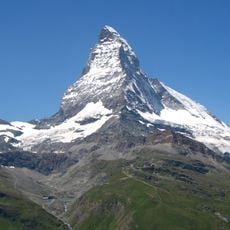
Matterhorn
437.6 km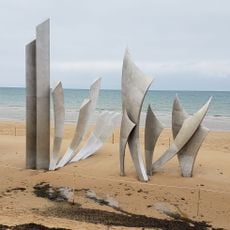
Omaha Beach
432.2 km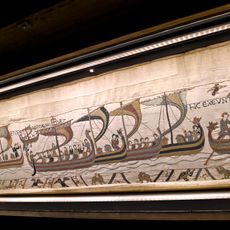
Bayeux Tapestry
416.9 km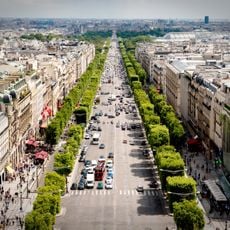
Avenue des Champs-Élysées
320.3 km
Disneyland Paris
324.7 km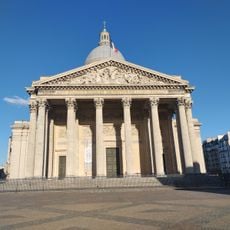
Panthéon
317.9 km
Venus de Milo
319.4 km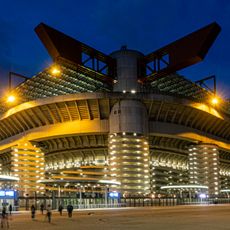
Giuseppe Meazza Stadium
556.3 km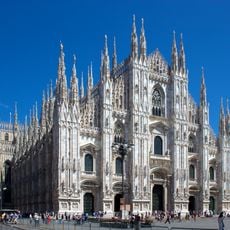
Milan Cathedral
561.7 km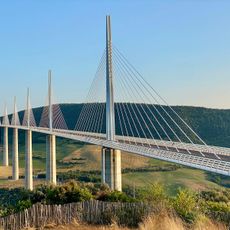
Millau Viaduct
228.6 km
Stade de France
326.7 km
Lascaux
123.6 km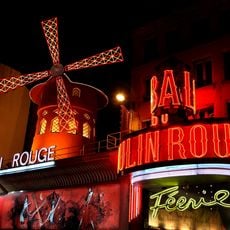
Moulin Rouge
322 km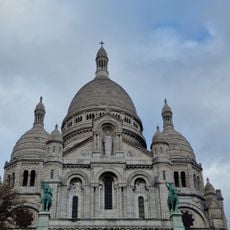
Sacré-Cœur
322.4 kmReviews
Visited this place? Tap the stars to rate it and share your experience / photos with the community! Try now! You can cancel it anytime.
Discover hidden gems everywhere you go!
From secret cafés to breathtaking viewpoints, skip the crowded tourist spots and find places that match your style. Our app makes it easy with voice search, smart filtering, route optimization, and insider tips from travelers worldwide. Download now for the complete mobile experience.

A unique approach to discovering new places❞
— Le Figaro
All the places worth exploring❞
— France Info
A tailor-made excursion in just a few clicks❞
— 20 Minutes

